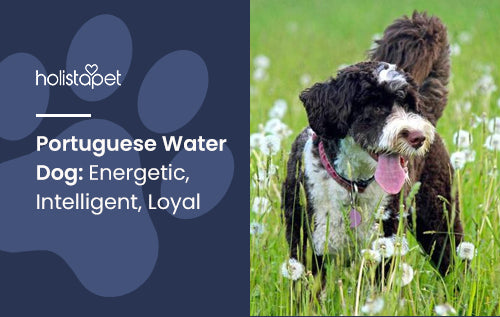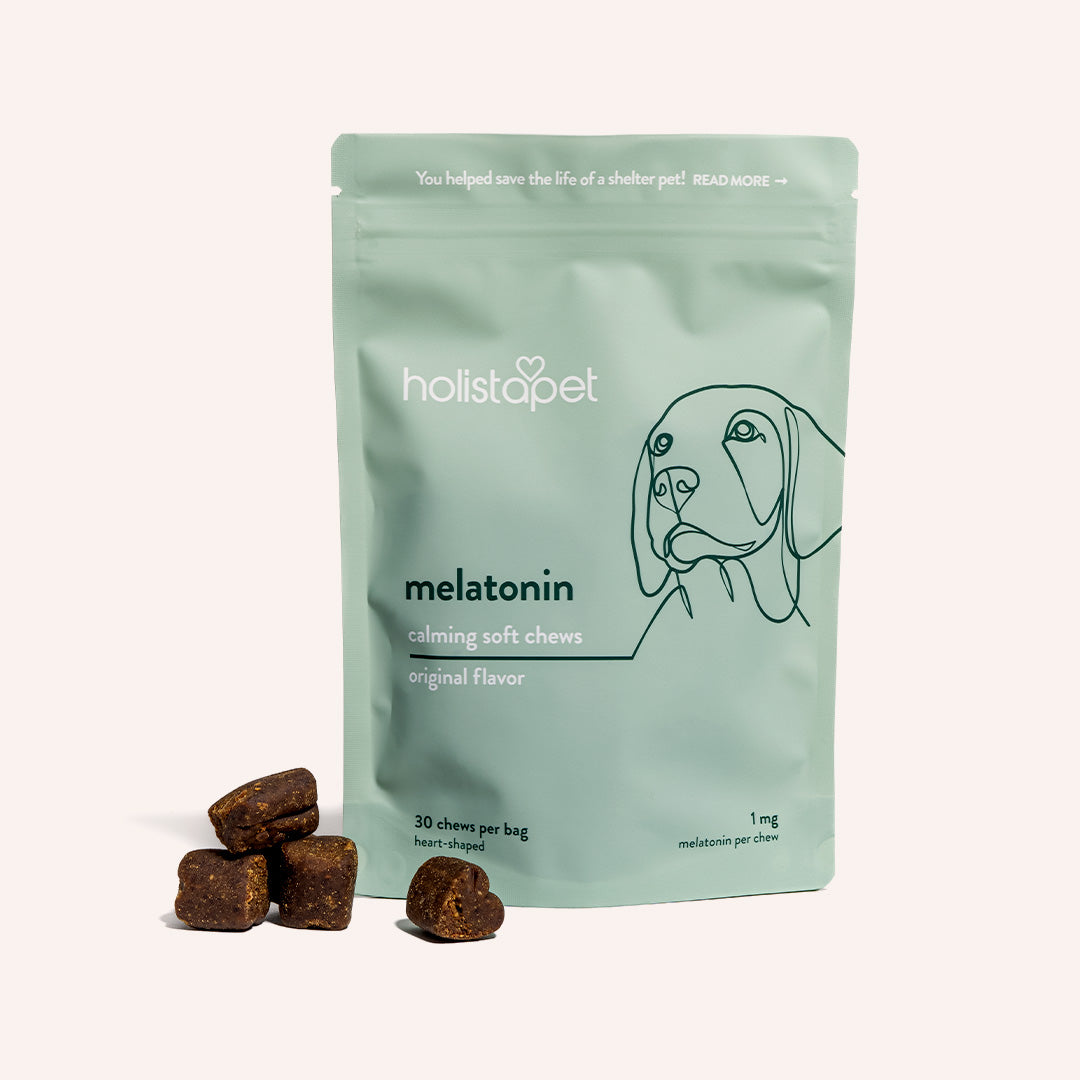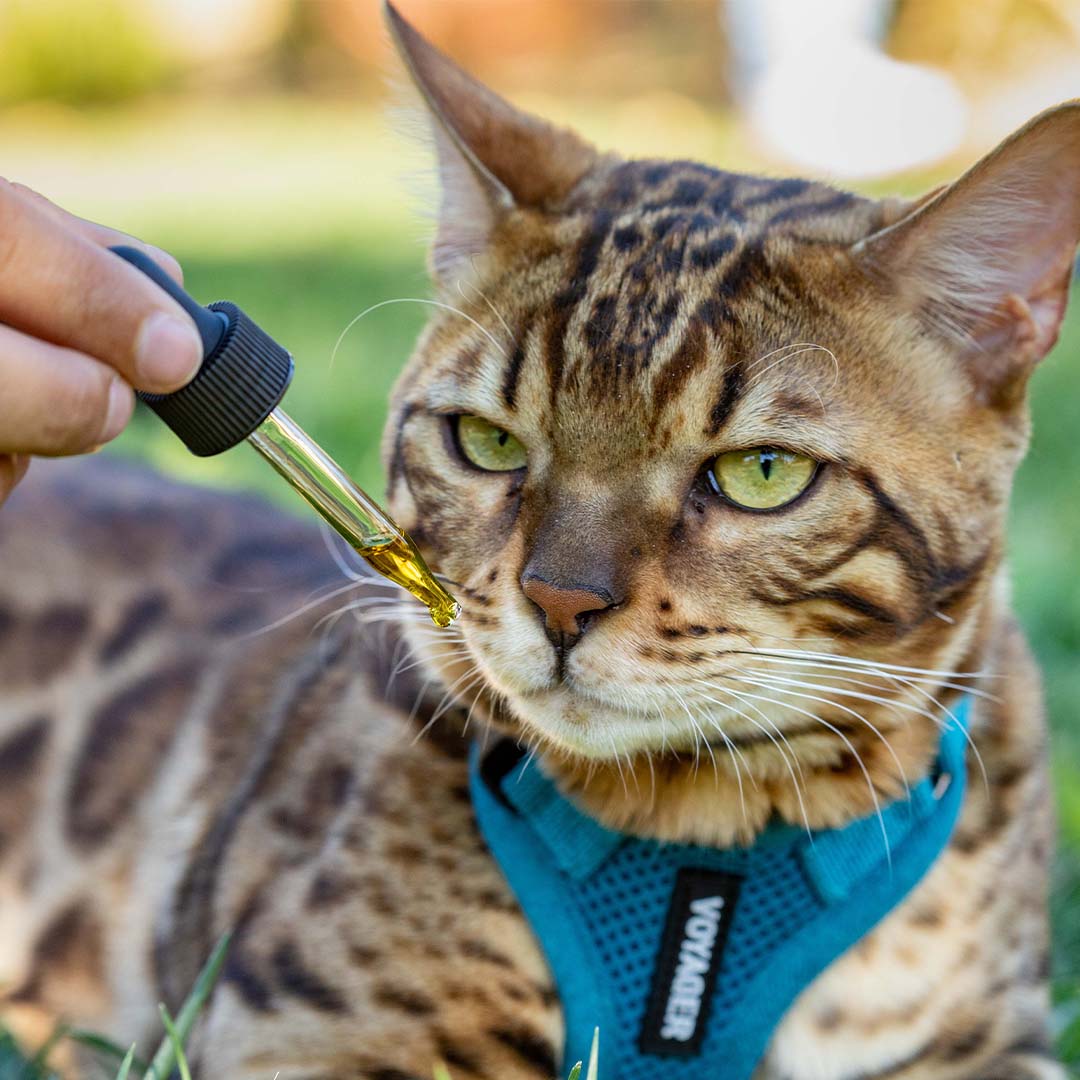Nothing says beautiful, smart, and energetic like the Irish Setter. Raised initially to be a bird-hunting dog, their fun and loving personality makes them perfect for families. Irish Setters are kids at heart, as they can take longer to mature than other breeds, but they can be the ideal show and competition dog with time and patience. Irish Setters love being around people, so be sure to give them lots of love back!
The Irish Setter has a flamboyant personality to match their flashy red coat. Learn all about the history, characteristics, and care needs of this lively, affectionate dog in our complete dog breed guide!
Irish Setter Characteristics (Physical)
These dogs have a lean, athletic build as they were originally developed to be a hunting dog. They are considered a larger dog breed, with longer limbs and necks than other breeds. They are a deep-chested breed with a slimmer waist.
Irish Setters are instantly recognizable by their reddish coat, which is their defining characteristic. This breed has long, floppy ears that are located toward the back of the head. They have strong hind legs for running as well as a strong tail for balance.
They come in two "types" - show dogs and field dogs. Show dogs usually have thicker, fuller coats than field dogs and will be slightly larger. Both variations meet the standard for an Irish Setter and are accepted by the American Kennel Club (AKC).
The average lifespan of an Irish Setter can range from 10-15 years. Larger dogs tend to have shorter lifespans than smaller canine breeds.
Irish Setter Size
Irish Setter males stand about 24-27 inches tall and weigh around 70 pounds. Females are about 22-25 inches tall and weigh slightly less at approximately 60 pounds.
Irish Setter Personality
Irish Setters are very playful and energetic dogs, but their energy can often put them in many mischievous situations. Nevertheless, they are great family pets because they are very sociable and love to interact with people. However, because Irish Setters are so friendly, they are not the ideal guard dog.
Irish Setters often take longer to mature and have a puppy-like enthusiasm and inquisitive mentality for the first few years of their lives. Many Irish Setters are known to never fully mature and keep that high-energy temperament for their entire lives. Their outgoing personality can make them great therapy dogs for hospices, children's hospitals, or retirement homes!
Their rowdy behavior can sometimes overshadow their intelligence. With the proper training, Irish Setters can become great pets or hunting companions. They are also great in dog shows and competitions for both their beauty and intellect.
Irish Setter Exercise
The restlessness of Irish Setters requires them to have plenty of exercise. They are best suited for an active family that is willing to engage with them. It is recommended that they get at least one hour of exercise every day, preferably with plenty of space to run around.
Irish Setters are great at many dog sports and activities. Their inquisitive nature means they cannot focus on one thing for too long, so it's best to continue challenging them with multiple activities. Make sure always to give them an outlet to expend energy, or else a restless Irish Setter can be very destructive.
Irish Setter Training
Even though Irish Setters are a very independent breed, they are easy to house train if taught early. They should begin crate, potty, and leash training as soon as they are brought home.
It is best to give Irish Setter puppies short lessons and plenty of positive reinforcement for the best results due to their short attention spans and puppy-like mindset. They are naturally intelligent and will respond well to encouragement. Once they learn something, they will never forget it.
Training should begin as soon as they enter the household. The earlier you teach Irish Setters, the less problematic they will be in the future. Remember to be firm but not overly strict with them. They are competent learners as long as you are patient with them.
Irish Setters are very social dogs and should be kept indoors around their owners and family. They love to run around outdoors, but at the end of the day, they want to be around people. Remember to give them a couple of chew toys or balls to help burn off their extra energy and discourage chewing on furniture.
Even though Irish Setters are great with people and children, it is still necessary to socialize them early on like all dogs. More exposure to people, sights, and sounds as puppies will make them less anxious or fearful later on.
Irish Setter History
The Irish Setter originated in Ireland in the 18th century. They are the result of breeding English Setters, Gordon Setters, Spaniels, and Pointers. The first Irish Setters were called Red Spaniels, a mixed red and white instead of the dark red we see today.
The Setter is a type of working dog that was bred specifically to locate game birds. Their keen sense of smell and high energy levels made them the ideal breed to assist in bird hunting. They became well known early on for their success in the bird fields.
The Irish Earl of Enniskillen may be responsible for the dark red coats we see in Irish Setters today. He wanted to have only full red-colored Irish Setters in his kennel. By 1812, he had passed on this trend to other Irish breeders, thus creating the Irish Setter we know today.
In 1875, the first Irish Setter named Elcho arrived in the United States. Immediately people were captured by his beauty, and he quickly became a star in the show ring. Irish Setters soon became one of the most popular dog breeds in America and became regular champions in dog shows.
Their popularity led some people to desire the original Irish Setter with hunting instincts. They wanted to revive the breed as a working dog. Today we see two different types of Irish Setters - the larger, heavier show dog and the smaller, slimmer field dogs.
Pop Culture
The Irish Setter saw another jump in popularity during the 1960s, when the Disney film Big Red was released, featuring an Irish Setter named Big Red.
In 1969, President Richard Nixon brought an Irish Setter into the White House as a gift from his staff. Nixon named the dog King Timahoe, a tribute to County Kildare, Ireland, where his ancestors originated.
Irish Setter Health Problems
Irish Setters are usually very healthy dogs, but they can be prone to certain health conditions like all dogs. Being a deep-chested, larger breed, they have similar health risks to other large dogs.
Hip Dysplasia
Hip dysplasia is an inherited condition when the upper thigh bone does not fit cleanly into the hip joint. This disease is more common in larger dogs because the extra weight can put pressure on the hip structures. However, other factors, such as improper nutrition and exercise, can further increase the risk of hip dysplasia.
If left untreated, your dog most likely will end up with arthritis. The mismatched joints will wear down the cartilage between the bones and can be very painful. Obesity is a common factor that can put more stress on the joints and exacerbate the condition.
Some early signs of hip dysplasia are:
- Decreased movement
- Noticeable limping or lameness
- Audible grating during joint movement
- Loss of muscle in legs
- Pain and stiffness
It is always important to keep your dog in good physical condition, but sometimes it is unpreventable. If your dog is walking with a limp or has lameness, go to a veterinarian for an examination. Joint supplements such as glucosamine may support weakened joints and improve symptoms of hip dysplasia or arthritis.
In most cases, hip dysplasia is treatable with either joint supplements or physical therapy. In more severe cases, surgery may be necessary. It is important to add that dogs affected by hip dysplasia should not breed as there is a significant chance they will pass the condition on to their offspring.
Breeders can take their dogs to the Orthopedic Foundation for Animals (OFA) to screen them for hereditary hip dysplasia. The OFA can determine the dogs' hips' condition so that breeders can ensure they are only breeding healthy dogs.
Gastric Torsion/Gastric Dilatation and Volvulus (GDV)
Gastric torsion, or bloating, is a health condition that is more prevalent with larger dogs like Irish Setters. GDV occurs when there is gas buildup in the stomach, causing it to twist and trap the gas inside. When this happens, the dog is unable to burp or vomit and can bloat up. Bloating is a severe life-threatening condition that you must treat immediately.
Some notable signs of bloating can include:
- Multiple failed attempts to vomit or burp
- Excessive pacing and movement
- Enlargement of the chest area (due to gas buildup)
- Labored or difficulty breathing
- Stiffness in legs and head
Split their meals into multiple feedings per day to prevent bloating. When your dog eats or drinks too fast, it can lead to gas buildup. Smaller water bowls will also help control your dog's water intake.
Because Irish Setters require lots of activity and exercise, one of the most important things to remember is to allow at least 2-3 hours after feeding to perform strenuous activity. If they have just exercised, wait at least 30 minutes to 1 hour before feeding to allow them to calm down first.
Epilepsy
Irish Setters are susceptible to epilepsy, a disorder that can cause mild to severe seizures. Fortunately, most seizures are mild and are not life-threatening. Owners can easily manage their dog's epilepsy with proper medication.
Watching your dog have a seizure can be scary, as it can be disorienting for them. Seizures will usually last a few minutes. If you notice any of the following signs, take your dog to the veterinarian immediately.
- Muscle convulsions
- Stiffness in head and neck
- Violent shaking
- Stumbling or difficulty walking
- Loss of bladder control
If seizures are persistent, the vet may prescribe anticonvulsants or an anti-seizure medicine. Anticonvulsant medicine must be taken for the rest of your dog's life once it is prescribed. Suddenly stopping medication can cause seizures to resurface again.
How to Care for an Irish Setter
Irish Setters are considered pretty easy to care for and raise. The most important thing to watch for is ear infections. Breeds with long, hanging ears tend to be more prone to ear infections. Owners should make sure they are always cleaned consistently.
Use a cotton ball and a vet-approved ear cleaner to wipe the ears down. Be careful not to enter the ear canal, or you could risk damaging or hurting your dog. Some signs of an ear infection could include a bad smell, red swelling, tenderness, or frequent scratching at the ear.
For oral health, plan to brush your dog's teeth weekly, if not multiple times a week. Incorporate it into their daily routine early on so they can become used to consistent brushing.
Trim their nails once or twice a month to avoid getting scratched when they jump on you lovingly. Short nails also prevent them from getting caught on any objects when they are running around outside.
Since Irish Setters need plenty of space to run and play, ensure the area they are in is properly enclosed to prevent them from escaping or wandering off. They love to explore and can try to jump out if they see other animals or people.
Irish Setters need to be constantly monitored because of their mischievous nature. They are also a very social breed and can experience separation anxiety if left alone for too long. They can be destructive if they start feeling anxious or stressed and will chew on furniture or go through the trash.
Coat Color & Grooming
Irish Setters are known for their deep, dark, red coats, ranging from a mahogany to a reddish-chestnut. They usually have long, silky coats and feathering on the backs of the ears, legs, and chest area.
Because Irish Setters have longer coats, they require constant grooming to avoid knots and tangles. Ideally, owners should brush their dogs daily to keep their coats healthy and in the best condition. Owners should pay extra attention to the thicker areas, where the feathering is most prominent, as that is where burrs are most likely to get caught.
If you find it difficult to brush your Irish Setter, sometimes a quick spray of water can help make combing much easier. Since they are a mostly indoor dog, they do not need to be bathed often. A bath every couple of months is perfectly fine, and always use a shampoo made for dogs to avoid drying their skin out.
It is recommended to trim or clip their hair every 3-4 months to keep their coats as healthy as possible. The best time to check for any sores, rashes, or inflammation on the body is during these haircuts.
Nutrition & Feeding for an Irish Setter
Always attempt to provide your dog the highest-quality dog food that you can give them. Higher-quality food can make a big difference in the overall health and nourishment of your dog. It is recommended to feed them about 3 cups of dry dog food per day.
Divide their meals into 2-3 feedings per day. Not only does portion control help with weight management, but it also reduces the risk of bloating. Always remember to include a waiting period before and after exercising to feed your dog.
Depending on your dog's activity level or metabolism, the right diet for every dog can vary. Adjust as necessary, and if you are unsure, you can always consult a vet.
Children & Other Pets
Irish Setters are good with children and other smaller pets. Their outgoing personality helps them get along with people and animals of all sizes. However, early socialization is critical because their high energy level might make them too rambunctious with small children and overly playful with smaller animals.
Irish Setters are great with older children and make fantastic exercise buddies for the whole family. Always teach kids how to act around dogs, such as not pulling their tails or disturbing them while eating.
Irish Setters were originally game hunting dogs, so owners need to be watchful if they own pet birds. The Irish Setter may see the bird as prey and have the instinct to hunt them.
Rescue Groups
As a breed that needs lots of attention and dedication, many Irish Setters are not raised properly and are often put up for adoption. Rescue groups play a large role in finding new forever homes for these dogs and will also save any homeless dogs.
The Irish Setter Club of America Rescue is excellent for anyone looking to adopt an Irish Setter. They are part of the larger Irish Setter Club of America, Inc., one of the largest Irish Setter organizations in the United States.
The Rescue Shelter Network has a full directory of rescue groups in each state and international rescue groups in Australia, Canada, and the United Kingdom. If you are looking for a more local group that may not be listed, contact the national or regional rescue, and they can help you locate one.
Breed Organizations
Check out the Irish Setter Club of America, Inc (ISCA) to learn more about this wonderful breed. They are a member of the American Kennel Club and the only nationally recognized Irish Setter club. The ISCA offers many great resources such as a buyer directory to find reputable, licensed breeders, information about events and shows, health information, and rescue groups around the country.
Another organization to check out is the Irish Red and White Setter Association of America. They aim to promote the original Irish Red and White Setter instead of the full red Setter that is more popular today. Red and White Irish Setters are very rare due to the selective breeding that took place to attain an entirely red Irish Setter in the early 1800s.
More About This Dog Breed
If you are looking to buy an Irish Setter, budget around $500-1500. The current average cost for an Irish Setter with the correct papers is around $800. They can cost less if they do not have the correct papers documenting their pedigree and testing for genetic diseases. Still, it is generally not recommended to purchase a dog without proper documentation.
For show quality Irish Setters (or ones with breeding rights) expect to pay up to $5000. These are the dogs with the purest lineages and highest quality breeding in their ancestry.
Irish Setters make great loving, energetic, playful companions. They are one of the few dogs that stay young and lively their entire lives, and you will not regret a single moment of it if you decide to raise one.








![Probiotics For Dogs [Soft Chews]](http://www.holistapet.com/cdn/shop/files/Probiotic-Infographic-1_472d7a29-e30c-435a-9638-1365d8c3a9f9.jpg?v=1725384841&width=104)















![Irish Setter Dog Breed Temperament & Personality [Full Guide]](http://www.holistapet.com/cdn/shop/articles/167.jpg?v=1715220419&width=1500)
![Irish Terrier [Full Breed Guide - History, Personality, & Care]](http://www.holistapet.com/cdn/shop/articles/171.jpg?v=1715220463&width=500)













Leave a comment
This site is protected by hCaptcha and the hCaptcha Privacy Policy and Terms of Service apply.